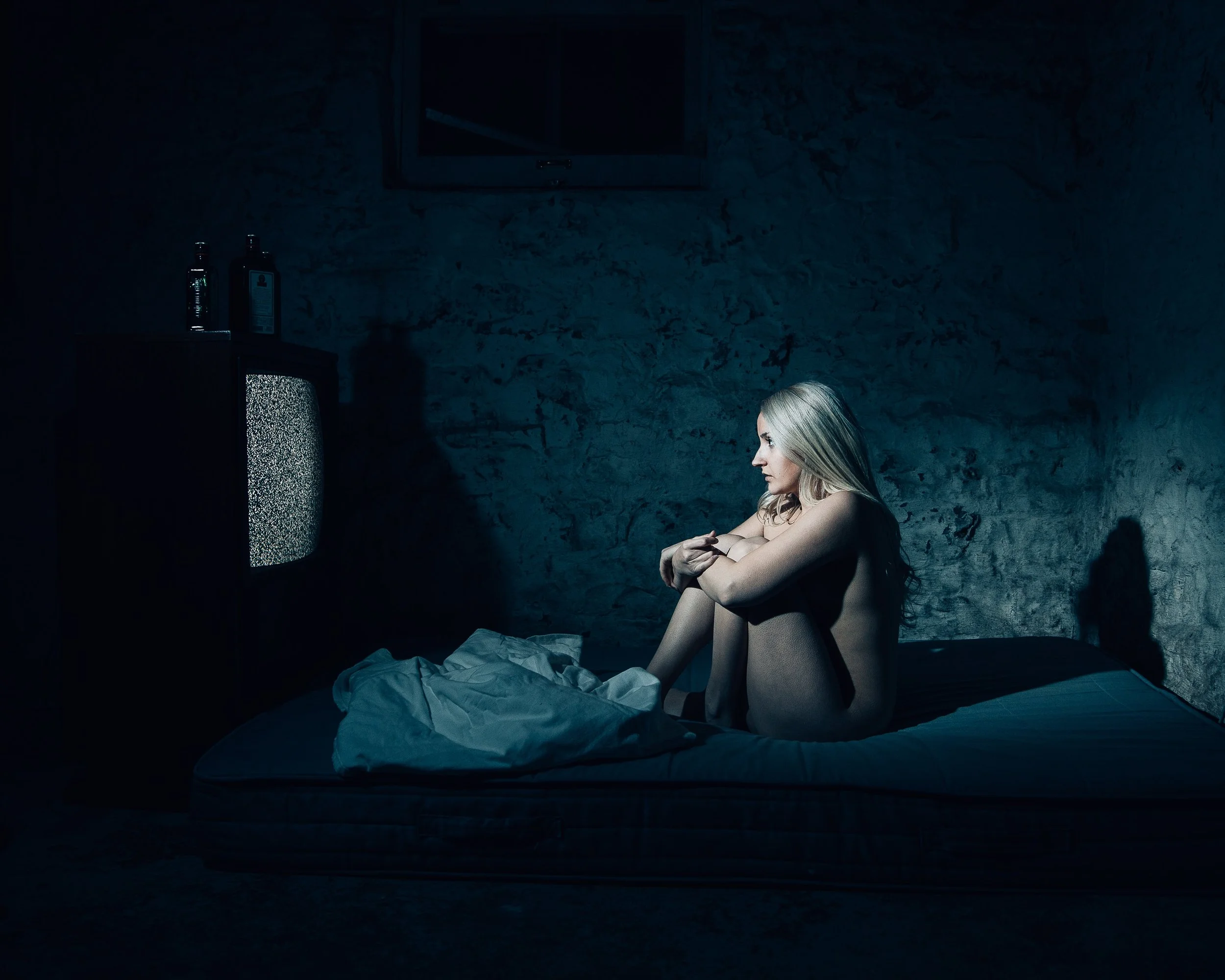GUEST COLUMN: "Girl, Interrupted": Is the Book Better Than the Movie?
Girl, Interrupted: Is the Book Better Than the Movie?
by Lewis Robinson
Let's face it, there are so many instances of movie remakes of novels where the book is a million times better than the movie turned out to be. Directors and screenwriters have to take creative liberties when adapting a book for the screen, because not everything that happens in the world of the book is going to translate well to film. This has been a long-debated topic surrounding the novel Girl, Interrupted and here we're going to break down why the novel is or isn't better than the film.
Background
If you haven't read or seen Girl, Interrupted, the novel is about a young woman named Susanna Kaysen who spends 18 months in a mental institution. She's 18 years old when she enters the facility, and the novel details her thoughts and feelings about the institution and the people she meets there. You'll also meet characters like Lisa, a highly charismatic patient who befriends Susanna, and Daisy, a woman who tragically dies towards the end of both the novel and the movie. The story is set in the 90's, so you won't see any cool new therapeutic measures like red light therapy. It’s a therapeutic technique that utilizes low-level red wavelengths of light that can benefit a person’s mental health. Some studies show that red light therapy has antidepressant properties which help treat people with depressive disorders, suicidal ideation, and anxiety. Also, since this therapeutic technique is easy and safe to use, it’s likely to become a depression treatment in the years to come (click here if you're asking yourself "what does red light therapy do?").
THEME
The theme of Girl, Interrupted, the novel Susanna Kaysen wrote, focuses on mental health. Because of the comparison made between the main character's predicament, who is incapacitated by depression, bulimia, psychosis, and substance abuse, the readers are prompted to wonder about the nature of sanity. As such, it boils down to this question —'Was the main character really mentally ill or only unwilling to conform to societal standards?'
Moreover, the same theme, which focuses on the nature of mental health, was also shown in the movie adaptation of the novel directed by James Mangold and came out in 1999.
Plot Structure
One of the biggest drawbacks of the novel according to many critics is the non-linear timeline in which the events take place. The author will often take an entire chapter to discuss characters who have been around the entire time, making it hard to get an idea of when everything happened. It can be hard to get swept up in a story when you can't become invested in the world, and the lack of a linear timeline makes that a struggle at times.
In the film, however, the screenwriters took the events of the novel and placed them along a linear timeline. There are occasional flashbacks to Susanna's life before the mental institution, but it's easy to follow and know where you are in the plot. Also, events that didn't happen have been incorporated into the movie to clarify the plot. For example, a scene where Lisa steals Susanna's diary and threatens to kill her is shown in the film.
That said, timeline is definitely one area where the film Girl, Interrupted has an advantage over the novel. However, the novel does have one advantage over the film: we get to see where Susanna goes after her time at the hospital, whereas the film ends with her driving away at the end of her stay.
Casting Perfection
Another advantage films can often have over novelizations is the ability to cast excellent actors and actresses in roles that might otherwise be lackluster. For example, Susanna, who can sometimes be difficult to sympathize with and like in the book, is played by Winona Ryder in the movie version. This casting choice was genius, because Winona's acting style is often extremely sympathetic and easy to like.
Similarly, the decision to cast Angelina Jolie as Lisa created a character who is charismatic, charming, and easy to like, when her character in the novel can be unpleasant and easy to misunderstand. Her character is a sociopath, which means that, while this person may have selfish and bad intentions, the people around her are easily drawn in and manipulated. The casting choice makes it a lot easier to understand why Susanna is drawn to Lisa and tries to help her, in spite of her bad behavior. Also, the movie expanded Lisa's character since she only appeared in one or two chapters of the book.
There are also other characters shown in the movie. For example, the black nurse, portrayed by Whoopi Goldberg, doesn't appear in the novel. On the other hand, Susanna's roommate, Georgina, isn't a stronger character in the movie than in the book.
That said, character differences exist between the novel and the movie. Nevertheless, all the characters have done their roles in making the story attractive. In fact, every single character in the film adaptation of Girl, Interrupted shines in their role and makes the movie a huge success. Actresses like Brittany Murphy and Elisabeth Moss bring a dimension to their characters that really makes them shine. You'll leave the movie feeling like you've connected to these patients, whereas the book spends too little time with all of them to really connect.
Moreover, because of Angelina Jolie's portrayal of Lisa, the actress won an Oscar for a supporting role.
Conclusion
It's easy to look at these points and say that the film is better than the book in this situation - and you might be correct. But like anything else, there are benefits to both experiences, and if you want to really get to know this story inside and out, both reading and watching might be the way to go.

